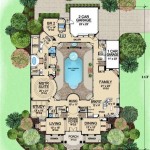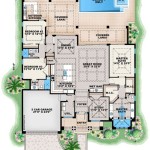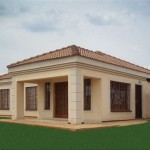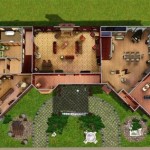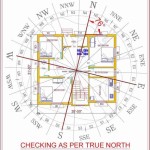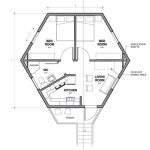Essential Aspects of Chicago Style Bungalow House Plans
Chicago Style Bungalow houses, with their charming exteriors and functional interiors, have been a beloved architectural style for over a century. These homes are characterized by their cozy, single-story designs and inviting front porches. If you're considering building a Chicago Style Bungalow, it's essential to understand the key aspects that define this architectural style.
Exterior Features
The exterior of a Chicago Style Bungalow is typically clad in brick or wood siding, with a steeply pitched roof and wide eaves. The front porch is a defining feature, supported by square columns or piers. The porch often extends the full width of the house, creating a welcoming entryway and a comfortable outdoor living space.
Interior Layout
Bungalows are typically single-story homes, with a central hallway leading to the main living spaces. The living room is often located at the front of the house, with large windows that allow plenty of natural light. The dining room is usually adjacent to the living room, and the kitchen is typically located at the back of the house. Bedrooms are usually situated on the side or back of the house, providing privacy and separation from the main living areas.
Character-Defining Details
Several key details contribute to the charm and character of Chicago Style Bungalows. These include:
- Bay Windows: Bay windows extend outward from the main wall, creating a cozy nook and providing additional space and natural light.
- Built-in Banquettes: Banquettes are built-in benches with storage or drawers underneath, often found in the dining room or breakfast nook.
- Inglenook Fireplaces: Inglenook fireplaces are set within a recessed alcove, creating a cozy and intimate gathering space.
- Leaded Glass Windows: Leaded glass windows add a touch of elegance and character to the home's exterior and interior.
Historical Significance
Chicago Style Bungalows emerged in the early 20th century as a response to the increasing popularity of the Arts and Crafts movement. These homes were designed to be affordable, comfortable, and aesthetically pleasing. Bungalows were especially popular in Chicago, where they became synonymous with the city's expanding middle class. Today, Chicago Style Bungalows are recognized as an important part of the city's architectural heritage.
Modern Interpretations
While the basic principles of Chicago Style Bungalows remain the same, modern interpretations of these homes have embraced new materials and design elements. Contemporary Bungalows may feature open floor plans, vaulted ceilings, and energy-efficient appliances. However, they retain the essential charm and character of the original bungalows.
Creating Your Dream Bungalow
If you're considering building a Chicago Style Bungalow, it's essential to work with an experienced architect or builder who understands the unique characteristics of this architectural style. They can help you create a home that reflects the timeless appeal of the Chicago Bungalow while incorporating modern amenities and design elements to suit your needs.

1925 Chicago Style Bungalow Vintage House Plan For A Small Home Builders Blue Book By Willi Plans Floor

Home Builders Catalog 1929 Cicero American Residential Architecture Chicago Style Brick Vintage House Plans Bungalow

Chicago Vernacular Architecture

1925 Chicago Style Brick Bungalow American Residential Architecture 1920s House Plans The Gladstone By William A Radford

The Bungalow Home Design That Unifies Chicago Bloomberg

Chicago Bungalow Architecture Vintage House Plans

Chicago Building Types Bungalows Moss Architecture

Image Result For Chicago Bungalow Floor Plans Renovation

The Bungalow Home Design That Unifies Chicago Bloomberg

The Chicago Style Bungalow Of Early 20th Century Was Offered By Radford Through 1920s During E Vintage House Plans


